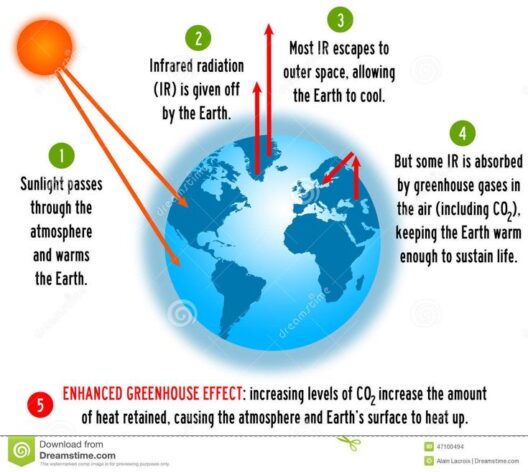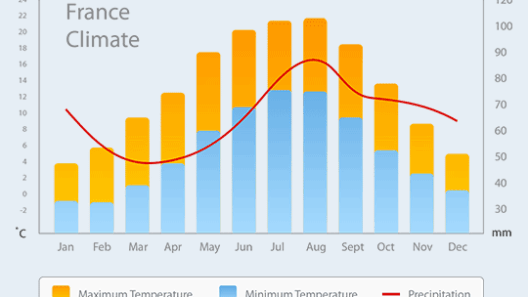The California Climate Credit represents a unique opportunity for residents to engage in a larger narrative about climate action, economic empowerment, and environmental justice. This credit is more than just a line item on your energy bill; it is a testament to the state’s commitment to reducing greenhouse gas emissions and promoting sustainable practices. As the climate crisis looms ever larger, understanding the California Climate Credit is a critical step in fostering both individual engagement and collective responsibility. In this exploration, we will delve into the origins, mechanics, and broader implications of this initiative, ultimately uncovering the significant savings it offers while simultaneously sparking a necessary dialogue about the future of energy consumption in California.
The Genesis of the California Climate Credit: A Legislative Initiative
To comprehend the significance of the California Climate Credit, one must first understand the legislative framework that gave birth to it. Established as part of California’s cap-and-trade system, the Climate Credit program was designed to combat the severe environmental challenges exacerbated by fossil fuel consumption. The program hinges on the idea that companies emitting greenhouse gases must purchase permits to continue their operations—a financial incentive for reducing emissions and transitioning to greener alternatives.
But what happens to the revenue generated from these permits? It is redirected toward initiatives that benefit Californians, particularly vulnerable communities disproportionately affected by pollution. Through the California Climate Credit, every residential account holder receives a tangible, annual rebate on their utility bills. This credit is aimed at helping offset increased energy costs while promoting the state’s overall environmental objectives.
Diving into the Mechanics: How the Credit Works
Understanding the mechanics of the California Climate Credit is integral to appreciating its impact. The program typically dispenses credits twice a year—once in April and once in October. The amount can vary based on the revenue generated from cap-and-trade auctions, making it essential for residents to stay informed about the specific figures related to their accounts.
The average household in California sees savings ranging from $100 to $300 annually, depending on the size of the household and other variables. This financial relief can be a game-changer for many families, especially those who may find it challenging to absorb the rising costs of living amid economic uncertainty.
Beyond mere numbers, the Climate Credit serves an educational purpose. It raises awareness about the environmental costs of fossil fuels and the carbon outputs associated with energy consumption. It prompts individuals to consider their energy usage patterns and inspires them to adopt more sustainable habits.
From Saving Dollars to Saving the Planet: The Broader Implications
The California Climate Credit’s impact reverberates beyond personal savings; it influences public perception and behavior regarding climate change. By directly linking financial relief to environmentally conscious practices, the program nurtures a more profound understanding of the interdependence between economic and ecological health. In doing so, it positions California as a leader in innovative environmental policy while encouraging other states and countries to adopt similar strategies.
Additionally, this initiative bolsters the idea of environmental justice. Communities often most affected by climate change and pollution—lower-income neighborhoods, in particular—are given the tools to benefit from progressive policies. It mitigates the financial burden often shouldered by these groups and encourages a more equitable distribution of resources, setting a precedent for future climate-related programs.
Curiosity and Commitment: Engaging with the Transition
While the savings from the California Climate Credit are certainly enticing, it is essential to view this initiative as a catalyst for change rather than merely a financial perk. Curiosity about personal energy consumption can lead to a broader commitment to sustainable living.
For instance, residents might start experimenting with energy-efficient practices—incorporating smart home technologies or participating in local renewable energy programs. They may even choose to invest in solar panels, driven by the realization that environmental responsibility can also lead to long-term savings.
The conversation surrounding the Climate Credit serves as a launching pad for discussions on energy independence and carbon neutrality. As individuals become more engaged in these topics, they are likely to explore ways to further diminish their carbon footprints, thereby amplifying the impact of the Climate Credit on a communal scale.
A Collective Future: The Path Forward
As California navigates its complex socio-economic landscape, the California Climate Credit stands as a beacon of hope, a testament to what is possible through conscious legislative action and public engagement. It challenges us to rethink our relationship with energy, to consider not just the financial implications but the environmental legacy we leave behind.
Ultimately, the California Climate Credit is not just a financial rebate; it is an invitation to partake in a larger narrative about sustainability and environmental stewardship. With each bill, residents are reminded that their actions can drive change, that financial savings can coincide with the greater good, and that collectively, we can pave the way toward a more sustainable and equitable future.
In essence, the credit embodies the promise of a shift in perspective—encouraging all Californians to embrace their role in shaping a better world for future generations. The time is ripe for curiosity to blossom into action. The California Climate Credit is the first step on that path.







